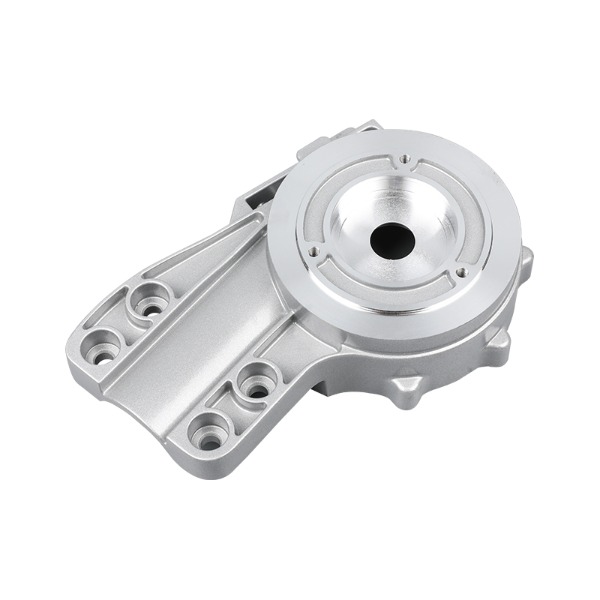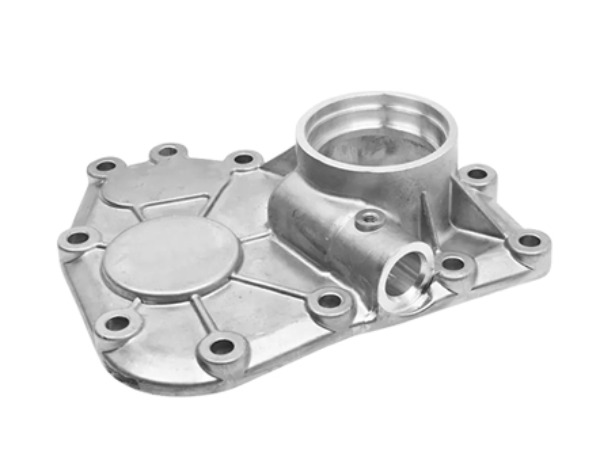
Die cast production has emerged as a prominent method in modern manufacturing, revolutionizing the production of intricate, high-quality parts for various industries. But is die cast production the ideal manufacturing solution? In this article, we will explore the ten key aspects of die cast production and delve into its strengths, challenges, and potential applications.
Die cast production is a metalworking process that involves injecting molten metal into a mold cavity. Once the metal cools and solidifies, it takes the shape of the mold, resulting in precision-engineered parts. This manufacturing method has gained popularity for its ability to create complex geometries with a high degree of accuracy and repeatability.
Materials in Die Cast Production
Die cast production primarily employs materials such as aluminum, zinc, and magnesium. These materials offer a range of mechanical properties, making die casting suitable for various applications.
Advantages of Die Cast Production
Die cast production offers numerous advantages, including high precision, low porosity, excellent surface finish, and minimal post-processing requirements. Its ability to produce net-shaped parts minimizes waste and reduces the need for additional machining.
Challenges in Die Cast Production
Despite its benefits, die casting also faces challenges, such as the initial setup cost and mold design complexities. It requires extensive tooling and equipment, making it less suitable for small production runs.
Applications in Industry
Die cast production finds applications in various industries, including automotive, aerospace, consumer electronics, and more. The ability to create lightweight, structurally sound components makes it an attractive choice for many manufacturers.
Environmental Considerations
Die cast production can be resource-intensive and generate waste, raising questions about its environmental impact. However, advancements in recycling and sustainability practices are gradually mitigating these concerns.
Quality Control in Die Cast Production
Maintaining consistent quality is crucial in die cast production. Process monitoring, rigorous inspections, and advanced technologies, such as X-ray and ultrasound, ensure that each part meets the required standards.
Die Cast vs. Other Manufacturing Methods
Comparing die cast production with alternative manufacturing methods, such as CNC machining or 3D printing, highlights its unique strengths and limitations. Die casting excels in mass production of complex parts but may not be as cost-effective for low-volume, highly customized projects.
Evolving Die Cast Technologies
The die cast production industry continues to evolve, embracing innovations in materials, automation, and digitalization. These advancements improve efficiency, reduce costs, and expand the scope of applications for die casting.
The Future of Die Cast Production
As we look ahead, it's clear that die cast production will remain a vital component of the manufacturing landscape. The key will be harnessing its capabilities while addressing its challenges, ultimately determining whether it remains the ideal manufacturing solution for a given application.
In conclusion, die cast production offers a unique blend of precision, efficiency, and versatility. While it excels in certain scenarios, it may not always be the ideal solution due to its initial setup costs and limitations in flexibility. The decision to employ die cast production depends on factors like production volume, part complexity, and material requirements. By carefully evaluating these factors, manufacturers can determine whether die cast production is the right choice for their specific need.








 EN
EN English
English 中文简体
中文简体 Deutsch
Deutsch
















